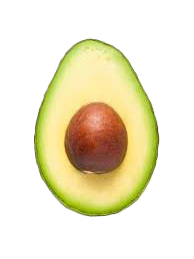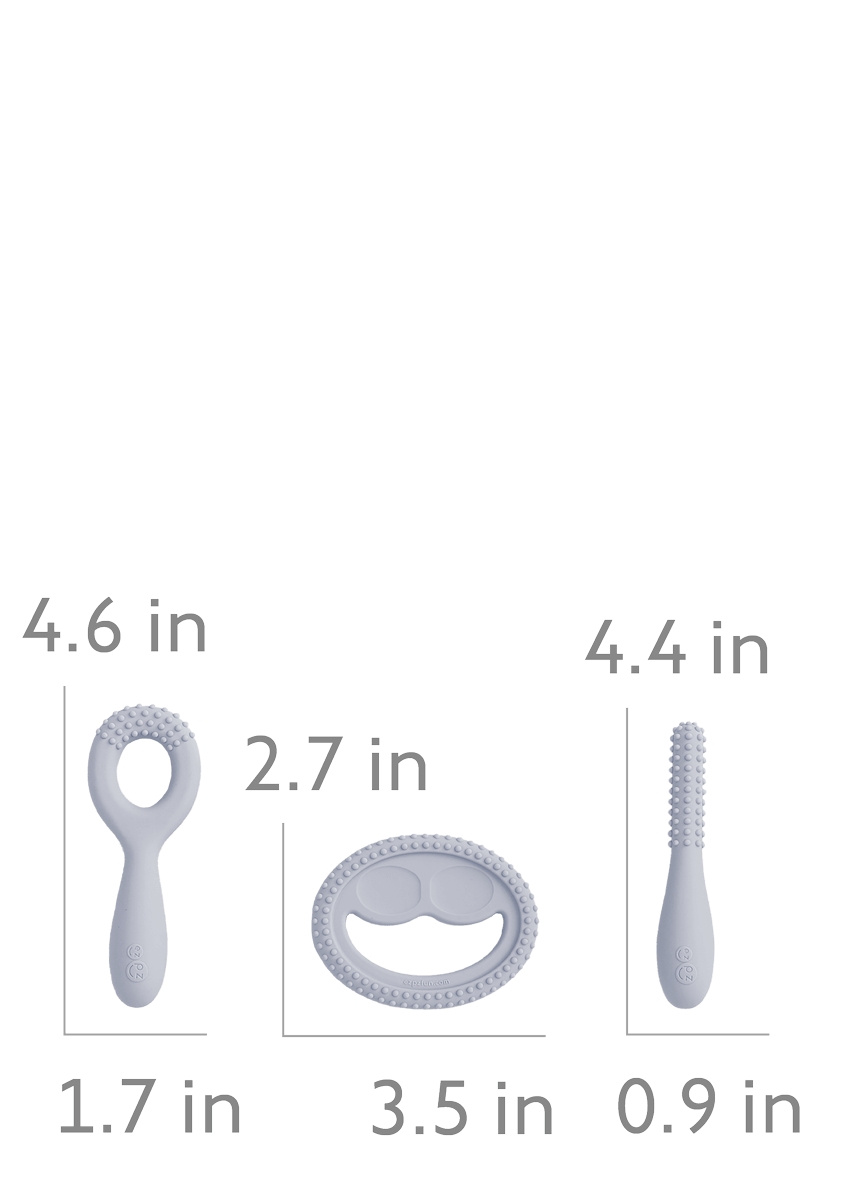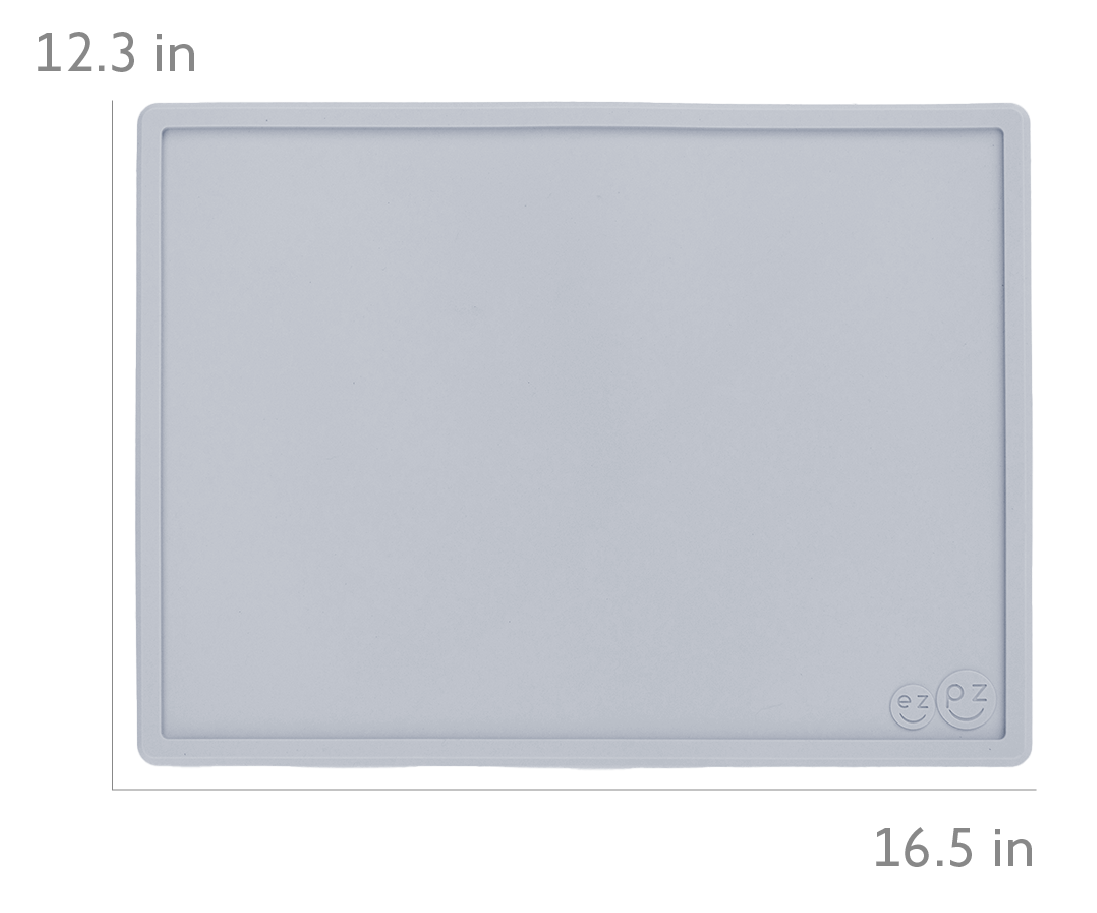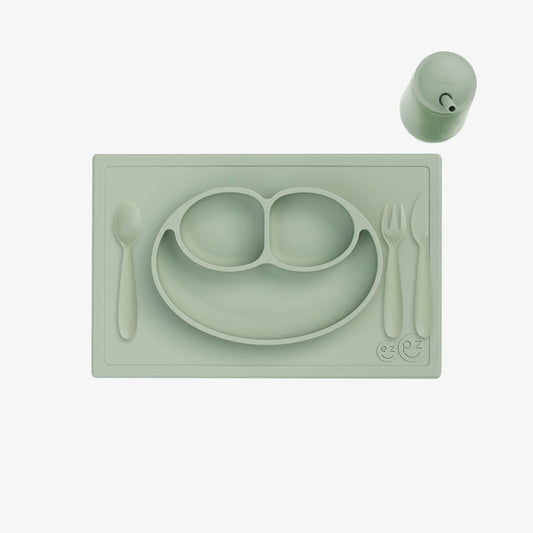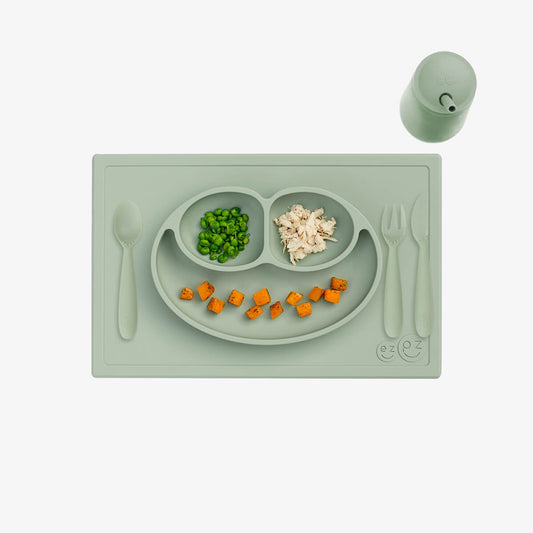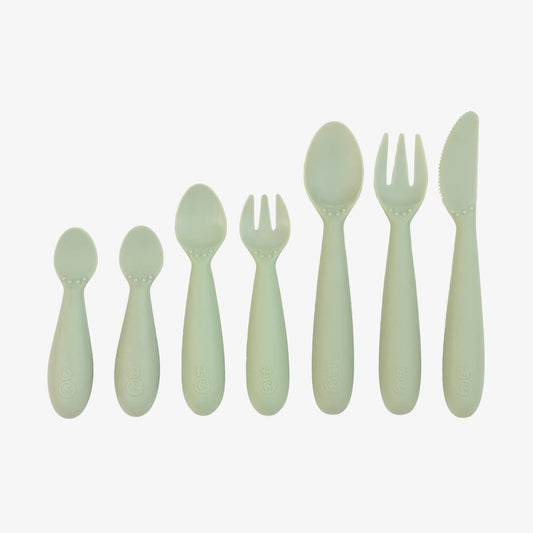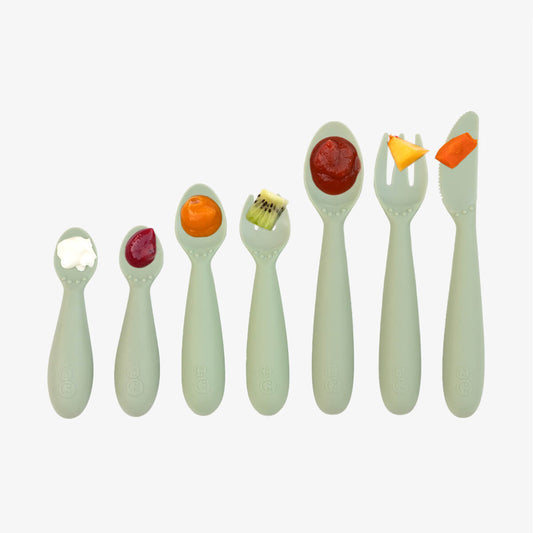How to Introduce Pomegranates to Toddlers
By Dawn Winkelmann, M.S, CCC-SLP
Speech Language Pathologist & Feeding Specialist for ezpz
Share


Pomegranates are such a beloved fall and winter food because they pack so much taste, nutrition and color with just a few sprinkles of its dark red seeds. Here are some feeding tips on how to introduce pomegranates into your toddler’s diet.
Sprinkles: Pomegranate seeds are one of my favorite sprinkles to make purees (like oatmeal or yogurt, pictured) more appealing and colorful for kids. You can also scatter them on top of kid friendly desserts like ice-cream, Jell-O and puddings. The juicy pulp pops in your child’s mouth and offers sweet and tart flavors!
Juice: Pomegranate juice is popular with adults because it is a super food that has more antioxidants then green tea, acai juice, and even grape and cranberry juices. I love introducing pomegranate juice to kids so they can get those added health benefits too. I pour some of the juice into the Happy Mat and cut a straw in half (pictured) for 4 ounces of sipping fun. Drinking out of the Happy Mat is so unexpected and exciting for kids!
Pom Food Fun: You can also use pom seeds on green salads and fruit salads. Or, you can put them in muffins, pancakes, popsicles, smoothies, homemade fruit leathers and fruit snacks. A hit with my feeding therapy clients are cheese balls mixed with pomegranate seeds (pictured). They like the cheesy texture and citrus taste, plus it's a festive and fun snack for the upcoming holidays!
Sensory Activity: If you want a fun sensory activity, take your kids outside and have them pop open pomegranates and find their hidden seeds! Bring a knife (not an aluminum or carbon steel knife as they can turn the juice bitter), a plastic cutting board and two bowls (one for the seeds and one for the skin). Fill the seed bowl halfway with water so that any skin that is attached to the seed will rise to the top and you can scoop it out easily. In my experience, if kids accidentally get a tiny taste of that yellowish/white skin they are done with trying pomegranates for good. So double check those seeds for hidden skin before you offer them to your toddler!
Purchasing: Peeling and de-seeding pomegranates is tough work. It’s also messy and can stain your skin, clothing and your beautiful wood cutting board. If you and your family are not ready to take on the challenge of digging for buried treasure, consider paying the extra money to buy pomegranates de-seeded and ready to eat. Score!
How do you eat pomegranates in your home? What tastes and textures does your toddler like with pomegranate seeds? If you are introducing pomegranates to your toddler for the first time, let us know how it goes! #ezpzfun #pomegranates
Shop Best Sellers

Happy Feeding!
Dawn Winkelmann (M.S, CCC-SLP) is ezpz’s Pediatric Speech-Language Pathologist and Feeding Specialist. She has 28 years of experience teaching parents and medical professionals how to start babies on solids safely and encourage toddlers to overcome picky eating tendencies. In addition, “Ms. Dawn” is the designer of our award-winning feeding products.


